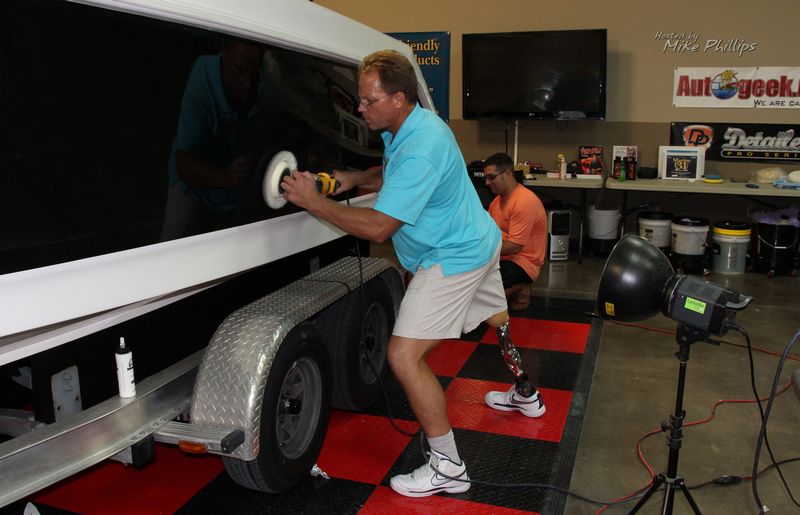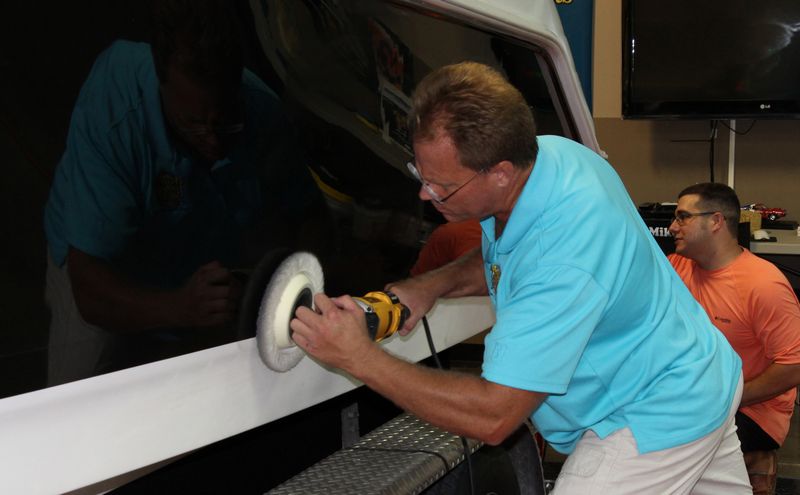Navigation
Install the app
How to install the app on iOS
Follow along with the video below to see how to install our site as a web app on your home screen.
Note: This feature may not be available in some browsers.
More options
Style variation
You are using an out of date browser. It may not display this or other websites correctly.
You should upgrade or use an alternative browser.
You should upgrade or use an alternative browser.
rotary polisher
- Thread starter buckeye24
- Start date
TTQ B4U
Well-known member
- Jan 20, 2016
- 5,504
- 70
Welcome to the group. This should get you started.
https://www.autogeekonline.net/foru...-show-car-detailing-production-detailing.html
https://www.autogeekonline.net/foru...-show-car-detailing-production-detailing.html
new to detailing been over a year now i use the flex 3401 been getting a lot more boat details and am looking to use the flex light weight rotary polisher but i need to know how to use it right so if you could help in that area i thank before hand
This is my personal experience with flex rotary.Awesome when used on cars not awesome on boats and planes.It's gets extremely hot to where you can't hold the head of the machine.If it gets to hot from being overworked it will go into a safe mode and shut down till it cools off.Buy a makita half the price with zero problems it's a little heavier than the flex but you will get use to it.
Eric@CherryOnTop
New member
- Jun 23, 2012
- 1,168
- 0
I agree with Jeff, the Flex PE14 is great for cars, but not made for the heavy duty use of boats.
Mike Phillips
Active member
- Dec 5, 2022
- 51,004
- 7
new to detailing been over a year now i use the flex 3401 been getting a lot more boat details and am looking to use the flex light weight rotary polisher but i need to know how to use it right so if you could help in that area i thank before hand
I use the FLEX PE14 rotary polisher to buff out boats but I also stick to smaller pads. FLEX states to use 8" pads and smaller on the PE14 and I use 6.5" and 7.5". Just recently Lake Country introduced a 6.5" wool cutting pad and that's what I use in my boat detailing classes for the PE14 and the students.
This is my personal experience with flex rotary. Awesome when used on cars not awesome on boats and planes.It's gets extremely hot to where you can't hold the head of the machine.
If it gets to hot from being overworked it will go into a safe mode and shut down till it cools off.
Buy a makita half the price with zero problems it's a little heavier than the flex but you will get use to it.
Jeff's right about the FLEX PE14 getting hot but Jeff is a MACHINE and he knows how to use and punish a buffer.
I've buffed out boats using the DeWALT 849X and it got so hot I couldn't hold the body without burning my hand. I'm guessing if I punished a Makita it would get just as hot.
And like Jeff said, the FLEX will turn itself off to protect your investment. The DeWALT and the Makita will not turn themselves off and protect your investment. :laughing:
This is how you lean into the buffer.... and this is why they get hot

DeWALT 849X sans handle and grabbing the rubber overmold on the head of the unit and the pushing down hard...

ok thanks for the input about the flex polisher am happy to hear that it would be a better choice to buy a maktia that was my 2nd choice now saying that what speed setting would be safe for me to use on the maktia and still get good results
If you're going to go with a FULL SIZE rotary buffer, (the FLEX PE14 is a compact size, not a full size), then I'd recommend going with the DeWALT 849X like you see me using above. About the same price as the Makita an in my opinion a tank of a buffer.
As for speed settings, it's easier to buff using a rotary for doing HEAVY compounding work with wool pads in the 1500 RPM to 1800 RPM range. You can prove this to yourself simply by buffing at low speed and then buffing at high speed and see which speed is easier for your to maintain control of the pad and buffer.
Also you want to learn how to go up on edge when buffing out boats, you reduce the size of your pad footprint and this makes the tool easier to use as it won't try to hop around, (called buffer hop), and tire you out.
Asking questions is a good idea and guys like Jeff really know their stuff. At the end of the day though... the best way to learn is to put hours behind the buffer.
For sure get a steel spur and clean your wool pads often. A clean wool pad buffs a lot easier than a dirty wool pad with caked-on compound and dead gel-coat you've buffed off the hull.
I believe the Flex14-2-150 was designed for backing plates up to 150mm (roughly 6 inches).
Therefore, it would be a bit underpowered for the heavy use of boat polishing with larger pads.
But Flex has the PE14-1-180, probably more suited and beefed up for the job.
Therefore, it would be a bit underpowered for the heavy use of boat polishing with larger pads.
But Flex has the PE14-1-180, probably more suited and beefed up for the job.